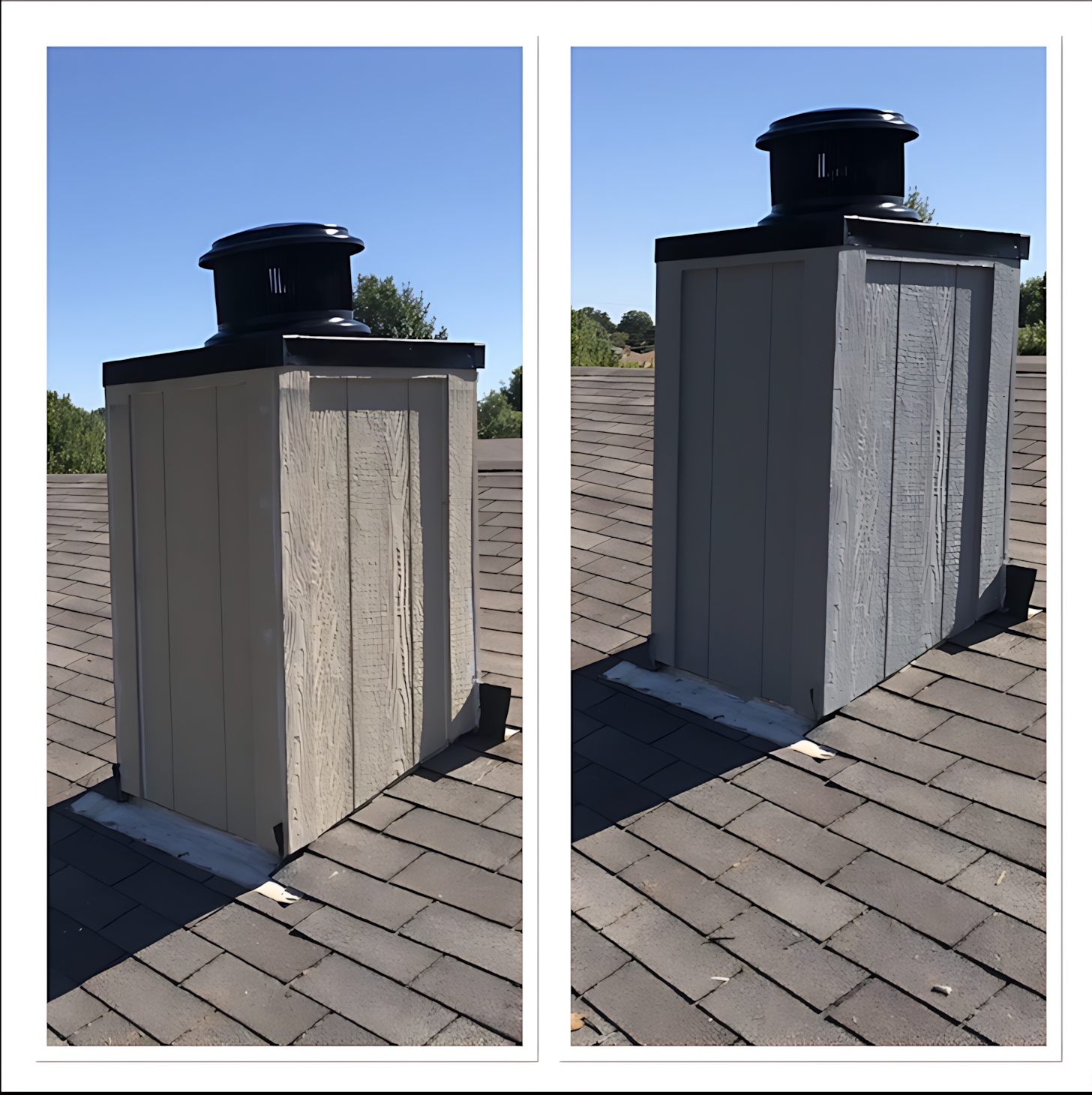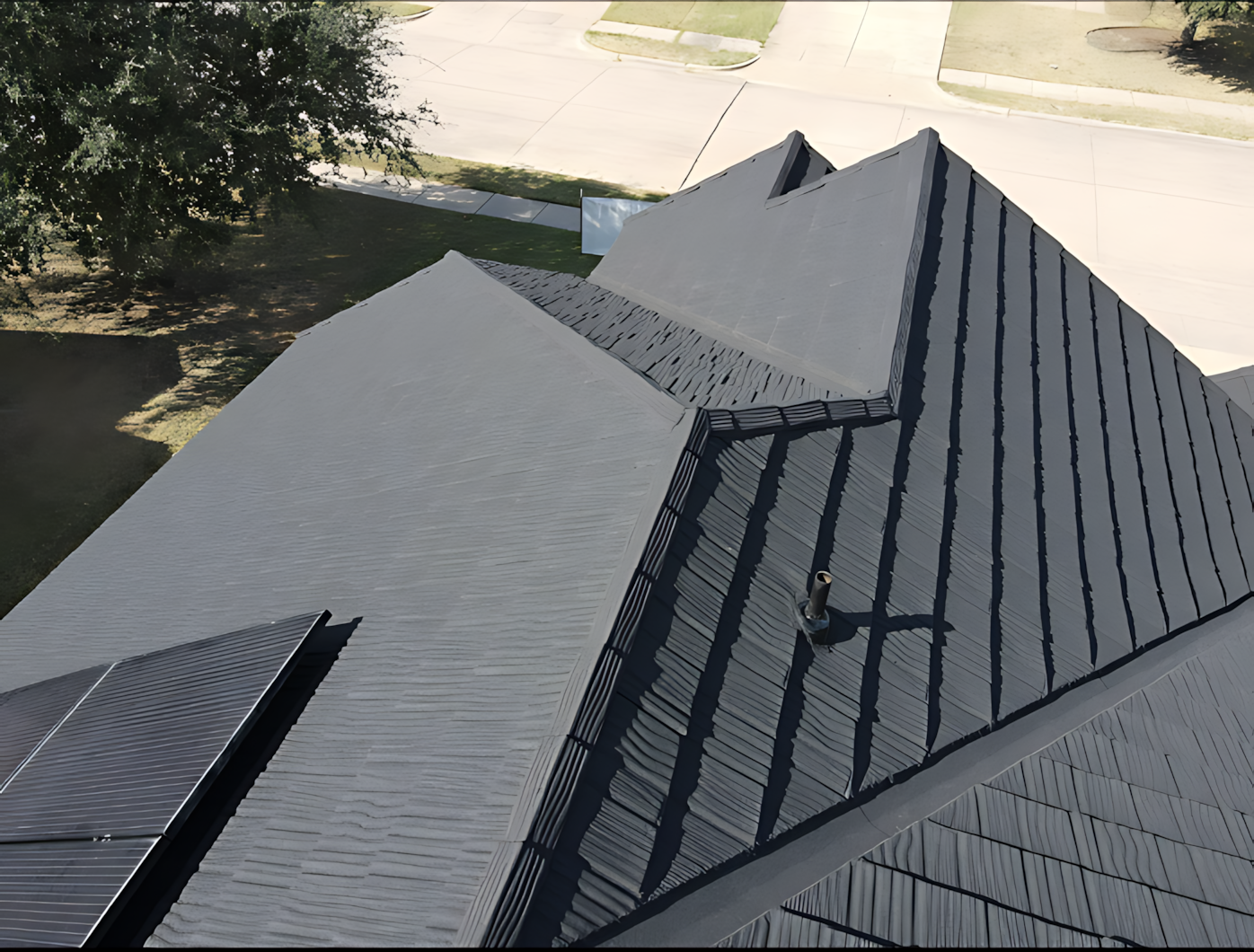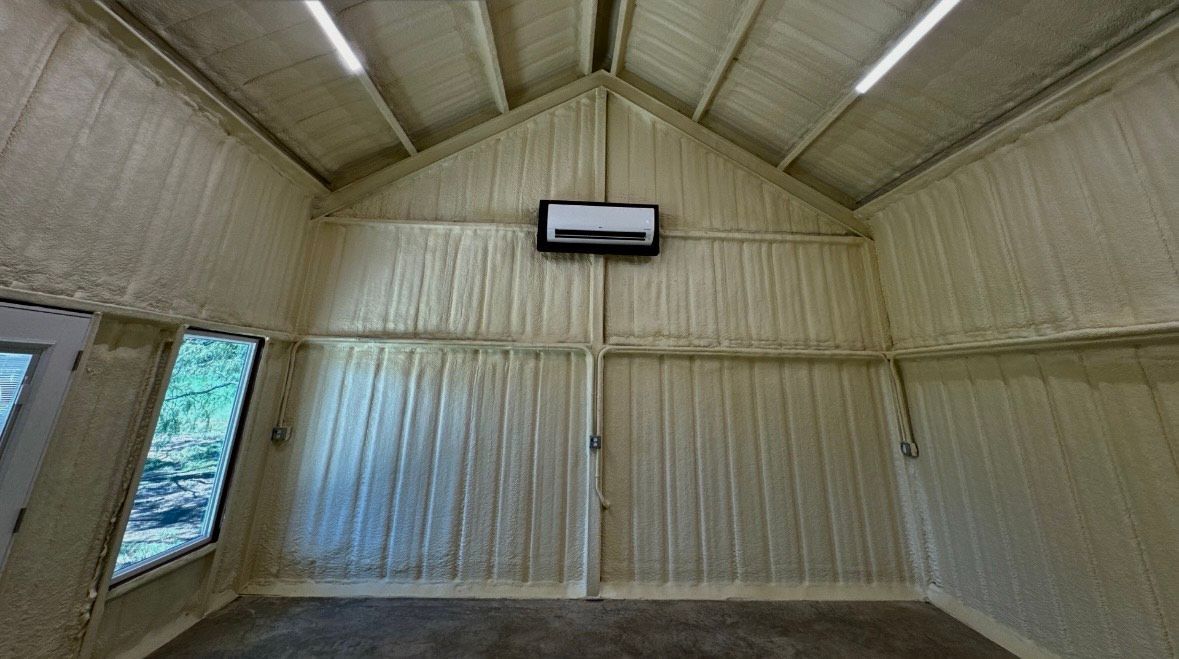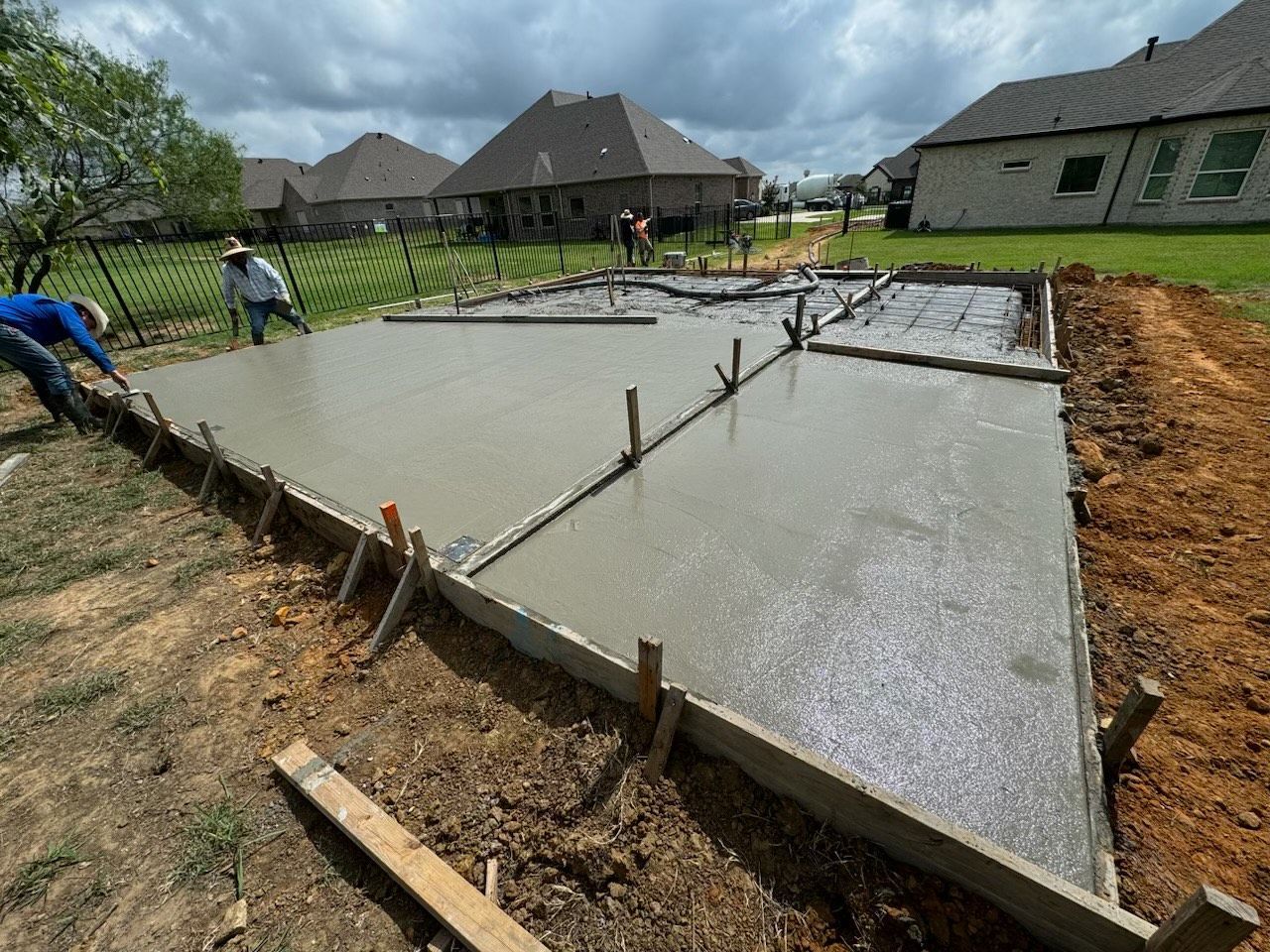Spring Roofing Tips for Dallas-Fort Worth Homeowners
Spring in Dallas-Fort Worth brings bluebonnets, backyard barbecues—and the perfect opportunity to give your roof the TLC it deserves. After unpredictable North Texas winters (ice one day, sunshine the next), your roof may be hiding damage that could cost you big if ignored. Whether you’re in Fort Worth, Frisco, or anywhere in between, here are five spring roofing tips to help protect your home, boost curb appeal, and avoid surprise repairs.
1. Inspect Your Roof from the Ground Up
Grab a pair of binoculars and take a walk around your home. Look for missing shingles, dark spots, or debris buildup. Pay attention to any sagging or areas that look out of place. While it may be tempting to climb up there yourself, remember—safety first. If something doesn’t look right, call in a professional roofer for a closer inspection.
2. Clean Out Those Gutters
Clogged gutters are one of the biggest culprits behind water damage. When leaves and debris back up water, it can seep under your roofline, damaging fascia boards and even getting into your home’s interior. Spring showers are no joke in DFW, so make sure your gutters and downspouts are clear and flowing properly.
3. Check for Hail Damage
DFW is no stranger to hailstorms, and even small hail can bruise shingles and shorten your roof’s lifespan. After a storm, look for signs of hail impact: dents on gutters, downspouts, or soft metal vents. If you suspect damage, schedule a free inspection with a local, reputable roofer who knows how to spot the less obvious signs.
4. Trim Back Overhanging Branches
With everything blooming and growing fast, now’s a great time to trim any trees hanging too close to your roof. Branches can scratch shingles, drop debris into your gutters, and even cause damage during storms. Keeping trees trimmed not only protects your roof but also discourages critters from accessing your home.
5. Schedule a Professional Roof Inspection
Even if everything looks fine, a spring inspection by a qualified roofer can give you peace of mind. Professionals can spot early signs of wear and tear, recommend simple fixes before they become expensive repairs, and make sure your roof is ready for those inevitable Texas downpours.
Final Thought:
Taking care of your roof in spring isn’t just smart—it’s a way to protect your investment, save money, and keep your home looking sharp. Dallas-Fort Worth weather keeps roofers busy for a reason, so beat the rush and schedule your maintenance check now.
Need a Second Opinion or a Spring Tune-Up?
Reach out today—we offer honest, no-pressure inspections and take pride in protecting DFW homes, one roof at a time.













